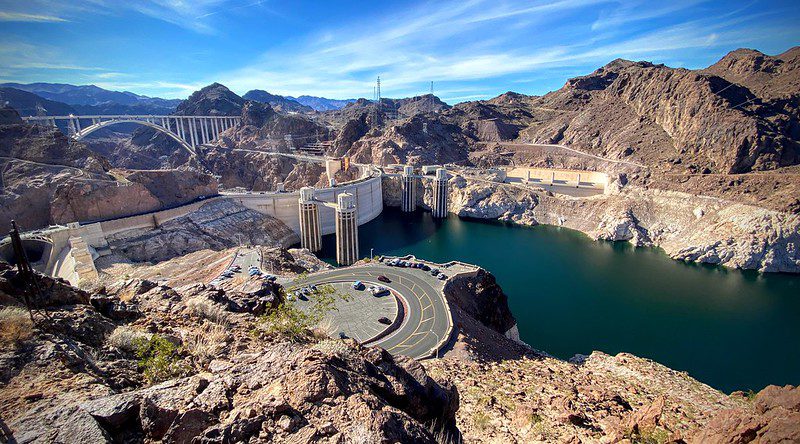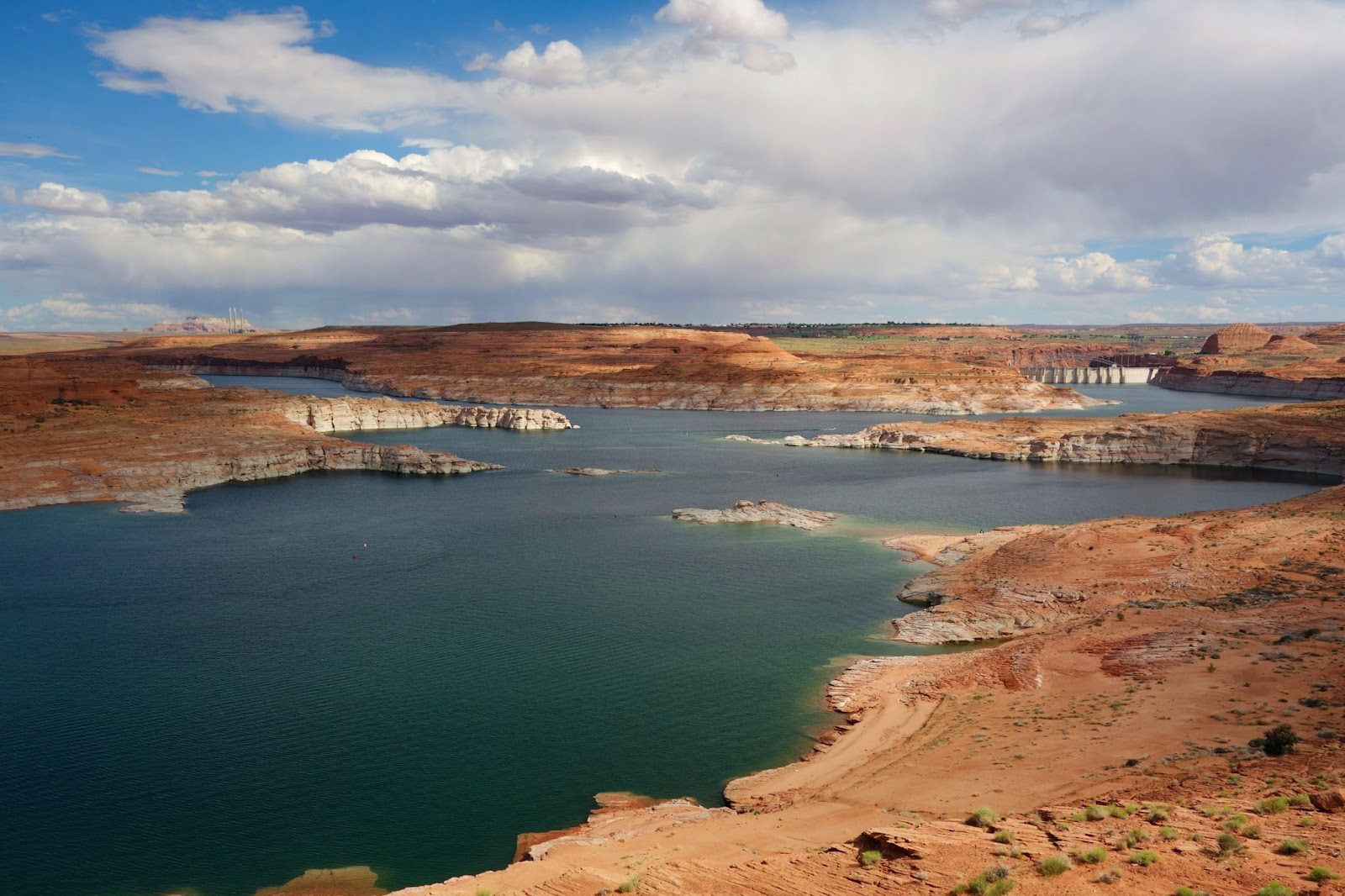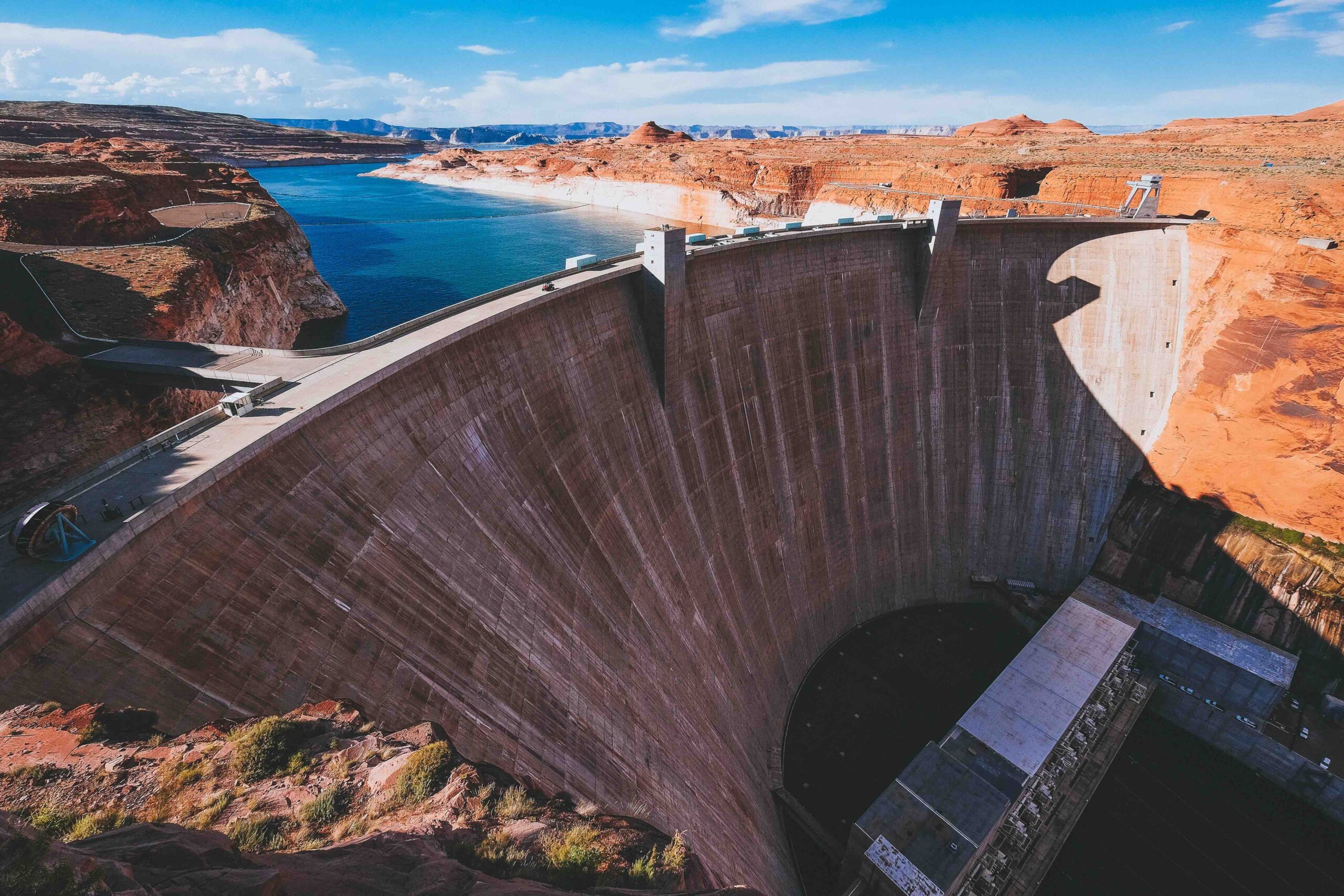A historic deal was struck on May 22 when seven western states agreed to limit consumption of the Colorado River. The proposal, brokered by the Department of the Interior (DOI), aims to reduce water intake by 3 million acre-feet through the end of 2026 in drought-stricken states like Arizona, California, and Nevada.
This agreement was a milestone as the current administration continues its environmental policy expansion. States residing in the Lower Basin of the Colorado River Compact draw water directly from Lake Mead, the reservoir created by the Hoover Dam. The deal will assign water rights to the Lower Basin states in a consensus-based system conservation proposal.
“There are 40 million people, seven states, and 30 Tribal Nations who rely on the Colorado River Basin for basic services such as drinking water and electricity,” Secretary of the Interior Deb Haaland said in an official statement. “Today’s announcement is a testament to the Biden-Harris administration’s commitment to working with states, Tribes, and communities throughout the West to find consensus solutions in the face of climate change and sustained drought.”

Photo Courtesy Bureau of Reclamation
Some major metropolitan areas rely on the Colorado River and a series of canals for their water supply. Los Angeles, Phoenix, and Las Vegas are the largest cities in this network, but they have different levels of management.
Las Vegas has seen its population grow by 800,000 since 2002, yet reduced water usage by 31%, highlighting the ability to continue city growth without increasing consumption.
There was concern among DOI officials a deal couldn’t be reached with all seven states. Water rights are expected to change for them in 2024. The new agreement opens the door to better water distribution without making cuts and not provoking lawsuits from the state governments.
Initially, the Supplemental Environmental Impact Statement (SEIS) for the Colorado River basin was being updated but would’ve likely missed the May 30 deadline for comments — the deadline is no longer in effect. The SEIS proposal would’ve expanded on 2007 guidelines for Glen Canyon and Hoover Dam operations in response to the drought. This new deal will be “fully analyzed as an action alternative” under the SEIS draft.
Luckily, the West had one of its wettest weather years in recent memory. California experienced extreme rainfall and flooding on top of ample snowfall, filling reservoirs that fell below intake-valve levels. That could’ve seriously threatened the Lower Basin region’s hydroelectricity production and economic growth.

Photo Courtesy Silvia Fang
The White House recently released a fact sheet outlining new water-saving projects in the West. The Bipartisan Infrastructure Law includes $8.3 billion for the Bureau of Reclamation, which manages several hydroelectric structures throughout the Southwest and Mountain West.
The federal budgets include investments from the Inflation Reduction Act (around $4.6 billion) that support efficiency upgrades, water recycling, and storage.
Some noteworthy projects include restoring the Salton Sea in California, the WaterSMART program to increase conservation in individual communities, and drinking water revolving funds.
In addition, the DOI said 2.3 million acre-feet of river land would be compensated through the Inflation Reduction Act. This effort supports more short-term conservation while building a long-term efficiency system overseen by the Bureau of Reclamation.
In April, the government announced plans to send more than $140 million for 84 conservation projects in 15 states. That included improving irrigation, Tribal water sourcing, and other systems that will save more than 230,000 acre-feet of water. That’s enough for more than 940,000 people.
“Delivering water more efficiently is key to helping western communities become more resilient to drought,” said Camille Calimlim Touton, Bureau of Reclamation commissioner. “For more than 120 years, Reclamation and its partners have developed sustainable water and power solutions for the West. With increased funding from the Bipartisan Infrastructure Law and Inflation Reduction Act, we’re able to expand that work, extending collaboration and expanding conservation.”





